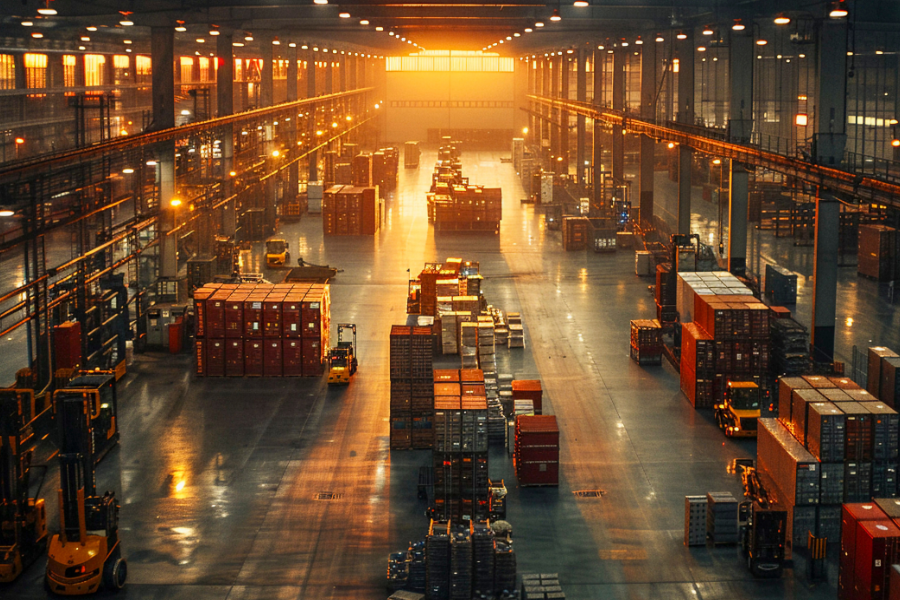US Markets: Oracle Fuels AI Rally
Wall Street edged higher as tech optimism surged following strong guidance from Oracle. Shares in the cloud software firm jumped 13.3% after it flagged high demand for artificial intelligence-related services. The positive momentum lifted other tech giants including Microsoft and Nvidia.
Despite a nearly 5% drop in Boeing shares after an Air India plane crash, the S&P 500 rose 0.38% to close at 6,045.26. Investor sentiment was further supported by softer US inflation data and rising jobless claims, increasing the likelihood of a Fed interest rate cut in September. Goldman Sachs also lowered its US recession risk forecast from 35%to 30%.
ASX Declines Amid Resource Weakness
Locally, the ASX200 finished 0.32% lower as declines in Materials and Financials outweighed gains in Information Technology, Healthcare and Utilities. Commodities were mixed: gold rose 0.3% to US$3,338.10 an ounce, Brent crude gained 0.4% to US$70.06 a barrel, and iron ore added 0.3% to US$95.78 a tonne. Copper edged higher, while aluminium, zinc and nickel declined.
Brookfield Cuts Stake in Dalrymple BayInfrastructure
Brookfield Infrastructure sold 23.2% of its holding in Dalrymple Bay Infrastructure (ASX: DBI) in a $428 million block trade handled by Barrenjoey. Priced at $3.72 per share, the deal increases DBI's free float, making it a stronger candidate for ASX 200 inclusion. Brookfield retains a 26.3% interest and reaffirmed its confidence in the assetand management.
Global Watch: Middle East Risks, Apple’s AI Push
Geopolitical tensions escalated after reports the US had evacuated embassy personnel in Iraq amid credible threats ofan Iranian strike. Oil retested multi-month highs and gold remained close tokey resistance levels.
Meanwhile, Apple is targeting a March 2026 release for a major Siri upgrade. The new AI-powered assistant is expected to integrate more deeply with personal data and device usage, part of Apple’s wider artificial intelligence strategy.
China’s Bauxite Demand Set to Soar
China’s bauxite imports are forecast toreach 200 million tonnes by 2035. While Guinea and Indonesia are expected to gain market share, instability in those regions may open the door for Australian producers to benefit from tighter global supply.









